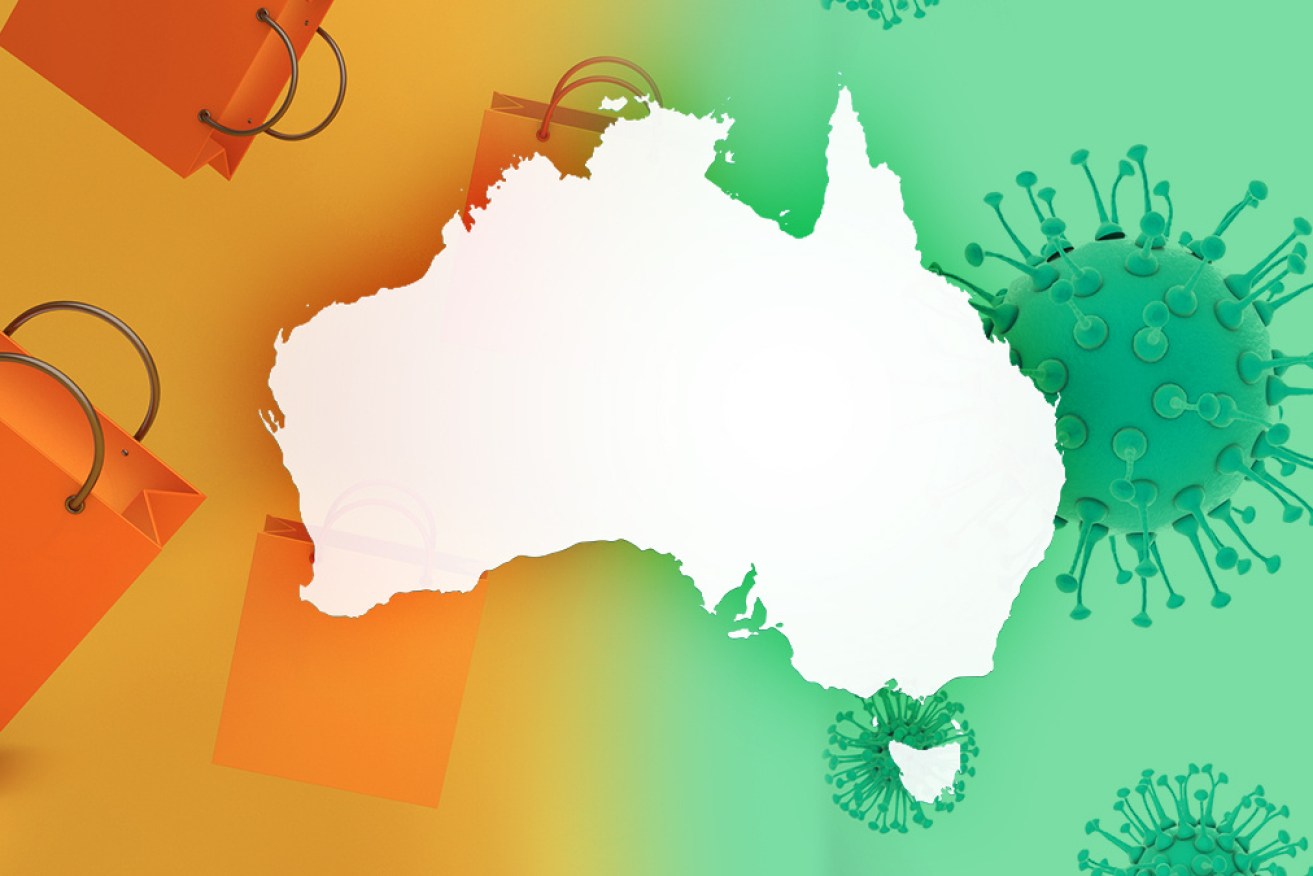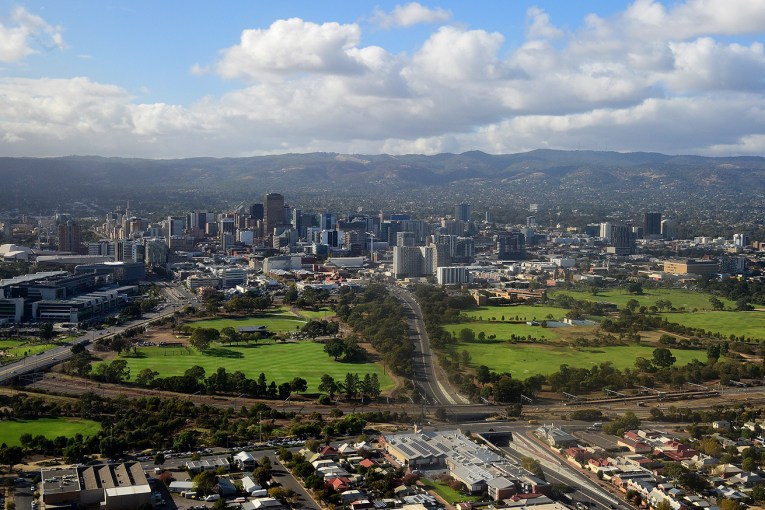Consumer spending holds up despite second wave in Victoria


Consumer spending is holding up despite another lockdown in Victoria. Photo: TND
Australians are surprisingly spending more than they did before the pandemic, despite high unemployment, economic uncertainty and a deadly second wave in Victoria.
Consumer confidence has fallen for the fifth week in a row and is now down 10 per cent from its mid-May high, according to the latest ANZ-Roy Morgan survey released on Tuesday.
But outside Canberra and Victoria, consumers are still hitting the shops.
Nationwide credit and debit card spending over the week ending July 24 was up 9.8 per cent on the same time last year, according to Commonwealth Bank (CBA).
And states with low or non-existent community transmission are doing even better.
Over that same week, card spending was up 13 per cent on the same time last year in Tasmania, up 16 per cent in Western Australia, 14 per cent in Queensland, 17 per cent in South Australia, and 19 per cent in the Northern Territory.
CBA estimates people’s reluctance to use cash during the pandemic accounts for six percentage points of card spending and increased use of PayWay accounts for another four percentage points.
But that still puts all of those states above the 10 per cent ‘break-even’ point for overall consumer spending – meaning consumers in those states are now spending more than they did in July 2019.
At the other end of the table, Victoria, New South Wales and the Australian Capital Territory recorded a 5 per cent increase, a 9 per cent jump, and a 2 per cent drop respectively over the week ending July 24.
CBA senior economist Belinda Allen said consumers were spending more money in states with less community transmission and fewer restrictions – aided by government stimulus payments.
“It’s probably a combination of a number of factors that have seen the other states outperform, but I think primarily it’s because of the case numbers and the difference in the lockdown restrictions,” Ms Allen told The New Daily.
As the chart below demonstrates, separate CBA research shows the total value of government payments paid into Australian bank accounts has so far exceeded the total amount of income lost through redundancies and wage cuts – demonstrating the crucial role played by government stimulus in propping up the economy.
- Tasmania rises to the top of economic leaderboard
- How JobKeeper and JobSeeker will change in September
- Why the budget deficit exposed a decade of lies
As for the changing face of consumer spending, locked-down Victorians have naturally substituted in-store spending for online shopping, driving up the latter category 43 per cent on the same time last year, compared to a decrease of 6 per cent two weeks ago.
CBA said that jump was partly driven by a big lift in one-off education spending, with university fees being paid online as semesters changed.
But the bank noted that “online spending for retail items though has also risen”.
Elsewhere, nationwide spending on personal care has fallen for the third straight week – nonetheless ending last week up 4 per cent on the same time last year – and spending on accommodation and travel is still in the red (minus 5Done per cent), despite recovering substantially since its mid-April low (minus 37 per cent).
The data also points to a sustained lift in spending on household furniture and equipment – up 48 per cent on the same time last year – as people renovate their homes and adapt to remote working.
Temple & Webster has been a major beneficiary of that trend.
The online furniture company told the ASX on Tuesday that its full-year revenue had increased 74 per cent to $176.3 million.
Chief executive Mark Coulter said “many customers are trying online shopping for their homes for the first time out of necessity and it’s clear the inherent benefits of online – range, value and convenience – have resonated with those customers.”
But the economy more broadly should expect a “bumpy” and drawn-out recovery, Ms Allen said, noting the 1.1 per cent drop in total payroll jobs between mid-June and mid-July.
“Concern over the future of the jobs market is holding back all states, and then you obviously have some longer-term consequences of COVID-19, in that borders are going to remain closed for a prolonged period of time,” Ms Allen said.
“The lost output that we’ve seen take place in the Australian economy over recent months – it will take until early 2022 to make that back up.”












